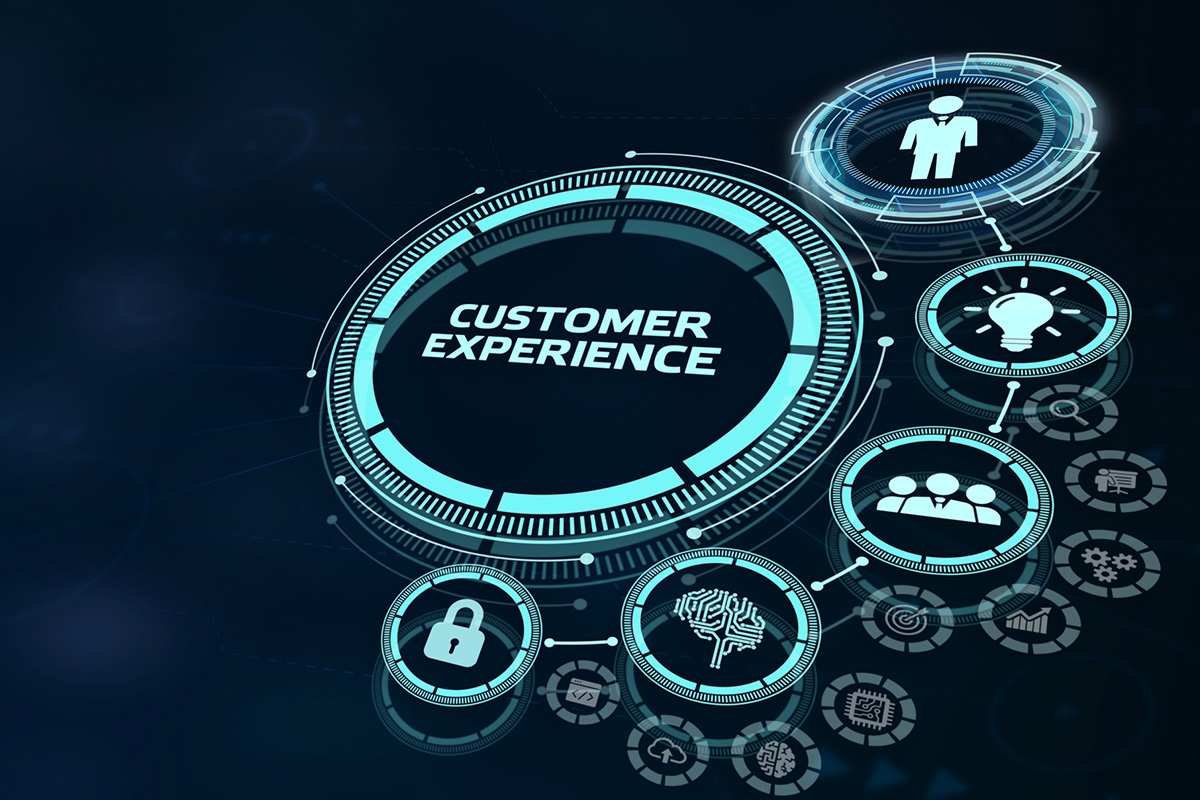Using an Omnichannel Approach to Meet Customer Service Expectations
 The ability to interact with businesses across multiple channels is now a consumer expectation. This means that delivering a consistent customer experience across every channel has become a major challenge for field service organizations.
The ability to interact with businesses across multiple channels is now a consumer expectation. This means that delivering a consistent customer experience across every channel has become a major challenge for field service organizations.
Are you able to respond to customers using the same methods they use contact you? How is that information processed and leveraged? Is every interaction working towards improving your customer engagement?
This is where an omnichannel approach comes in:
- To provide an optimal customer service experience, with faster response times and improved first contact resolution rates (FCRs), companies need to understand the context of the customer’s inquiry holistically.
- Companies who combine data from multiple channels, by leveraging omnichannel technology, enable their customer service representatives to optimize customer engagement at every juncture of the buyer journey, and gain valuable insight into their customers’ needs.
Multi-Channel Related Customer Service Challenges
- Organization and Efficiency:
Often, in field service management (FSM) call centres, customer service representatives are dealing with several lines of communication all at once, from different sources, to resolve issues and complete tasks.
If an omnichannel approach isn’t being used, this can mean fielding customer communication from various channels, while also trying to communicate with dispatch or technicians, or looking through disparate systems for information to resolve the customer’s needs. This wastes time and can lead to a frustrating customer experience.
- Incomplete Data:
SMS, email, phone, social media, customer portals. If these things aren’t linked or aren’t fully enabled, it’s a step back for your customers, as it’s become the new norm.
Lost information can happen with any communication channel that’s not connected or requires manual input to keep your systems up-to-date. If you don’t have a way to centralize information from every channel, you don’t have complete data for customers, employees, or decision making.
- Budgetary Constraints:
The more channels you have available for customers, the more it costs to manage them.
Paying individual vendor fees adds up, and so does the time it takes to check and consolidate customer information from different sources.
Where an Omnichannel Approach Can Help
Quicker Resolutions: As mentioned, more complete information all in one place means faster task or issue resolution and increases FCRs.
Reduced Customer Churn: There is a significant reduction in the customer churn rate if customer service representatives are given the tools they need, and can respond to customers via their preferred channels in real-time, with personalized support.
Improved Consistency: and customer satisfaction rates go hand-in-hand; consistency delivered across multiple channels means increased opportunities to improve an individual’s experience with your organization.
Providing Customer Choice: If you’ve ever had to deal with long wait times on the phone, because you knew it was the only way to satisfactorily resolve an issue with a business; then you know how big of an impact getting a quality response, by whatever method your customer chooses, can have.
Better Customer Visibility and Insight: Consolidating information gained across multiple channels allows for a deeper understanding of the customer, and customer lifecycle, as well as visibility of customer related business drivers.
An Approach to Bridge Customer Service Gaps
If you’re interested in learning more about omnichannel technology, or are looking for a customer experience focused approach for your field service organization, contact us.
